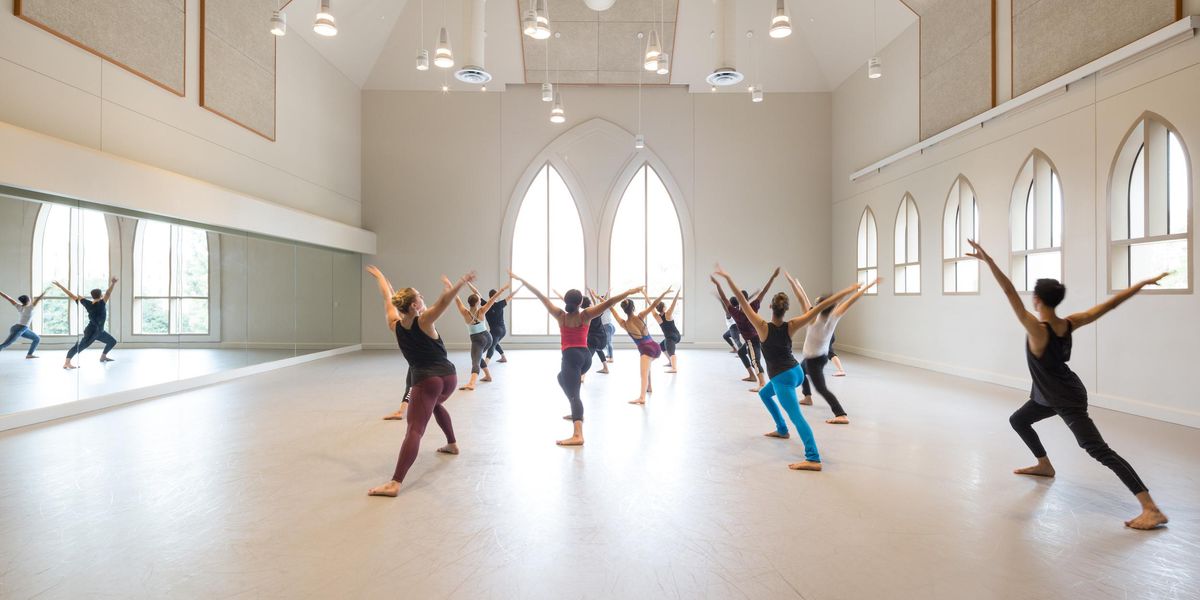The Show Must Go On
Last month, in the middle of a dazzling performance of ODC/Dance’s Boulders and Bones at UCLA’s Royce Hall, something was not right. Zoë Keating, the composer/cellist who was being wheeled around the stage while creating lovely, dynamic music, had stopped bowing. She was looking around herself, probably at cables on the floor. Pretty soon two male technicians crept onstage to fiddle with those cables. The music, which was part acoustic and part electronic, had stopped.
Boulders and Bones with Zoë Keating on cello; photo by Marie Pier-Frigon
But the dancers didn’t. All ten of them surged onstage in a powerful, kinetically charged diagonal choreographed by co-directors Brenda Way and KT Nelson. In a long passage of group work, their spirit was clearly unfazed by the lack of music. Their sense of timing, spacing and sensitivity to each other was perhaps even enhanced.
During a brief lull in the dancing, Keating took up a microphone and said, “Hey.” With that one word, she broke through the confusion. She addressed the audience directly, explaining what went wrong. I don’t remember the words, but I remember the feeling of her being very straightforward, saying the power went out and that’s why the music went dead.
Rehearsal with Steffi Cheong in foreground, and Keating seated on her traveling perch.
According to Carla Escoda’s review of the 2014 premiere in The Huffington Post, this is what was scheduled to happen: “From her [Keating’s] cello and foot-controlled laptop, haunting, repetitive fragments of sound — layered electronically to sound like an ever-growing orchestra of cellos — flood the theatre. The score’s pounding rhythms and mood shifts, from melancholy to rage and despair, drive the dance.”
We did hear some of that, but the silence was an excellent alternative to Keating’s music. In my notes, I wrote, “more Zen, without the music.” This John Cage moment melded beautifully with the visuals by RJ Muna, which projected landscape artist Andy Goldsworthy’s installation process of building something out of nature by cutting into boulders.
Although the amplification problem did get fixed and the magnificent choreography linked back up to the music, the interruption of the plan—call it improvisation—reminded us of the tenuous, uncertain, gorgeous unpredictability of real life within performance. As a woman in the audience noted as we left the theater, “The dancers just kept going, bless their hearts.”




